Electronic and Photonic Materials
Semiconductors are an important component of electronic and photonic MSE projects. They are not as effective conductors as metals such as gold, silver and copper. However, they have higher mobilities at room temperature and higher temperatures. This means that an electrical current can travel through them much faster.
The high mobility of semiconductors makes them best basic materials for use in advanced electronics and communications. Semiconductors are used to fabricate chips for every electronic device, including computers, televsions, cell phones and other smart devices. Each chip may contain a million devices that perform different functions. The procedure to make the chips can be automated so they can be quickly mass-produced, but is complex and requires very well controlled air conditions with low concentrations of dust particles and other impurities, as well as a specific humidity - for this reason, chips are constructed in special clean rooms.
Semiconductors also have very interesting optical properties. They are used to make lasers and light emitting diodes (LEDs) because when they contain some impurities, called dopants, they can emit light of a specific color when a voltage is applied to them. Nanometer-scale semiconductor particles can emit light of different colors depending on their size.
Semiconductors are also used to fabricate solar cells because they absorb light and generate a current. Silicon-based solar cells are currently the most popular cells used. They are very efficient but do not absorb all colors of light in the solar spectrum, so the search is underway for ones that can, because they would be able to generate even more energy. Currently, solar cells made from other kinds of semiconductors exist, but are more expensive to manufacture.
Silicon (Si) is one of the most important semiconductors today because it has a very low occurance of defects. While it's the building block of most electronic devices, other semiconductors are becoming more important in industry because of their superior properties. The search for organic semiconductors as well as hybrid materials which combine organic and inorganic materials is underway. Scientists are searching for the materials most capable of absorbing light over a wide range of solar wavelengths and with the lowest manufacturing cost.
Facilities & Labs
Faculty Members:
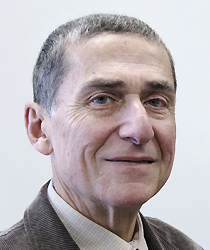
|
Aris ChristouProfessor301-405-5208 | christou@umd.edu Profile |

|
John CumingsAssociate Professor301-405-0789 | cumings@umd.edu Profile |
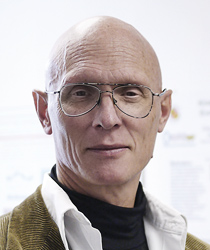
|
Ray PhaneufProfessor301-405-6566 | phaneuf@lps.umd.edu Profile |
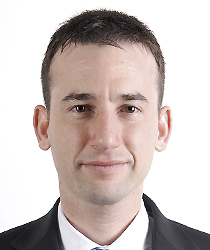
|
Oded RabinAssociate Professor301-405-3382 | oded@umd.edu Profile |
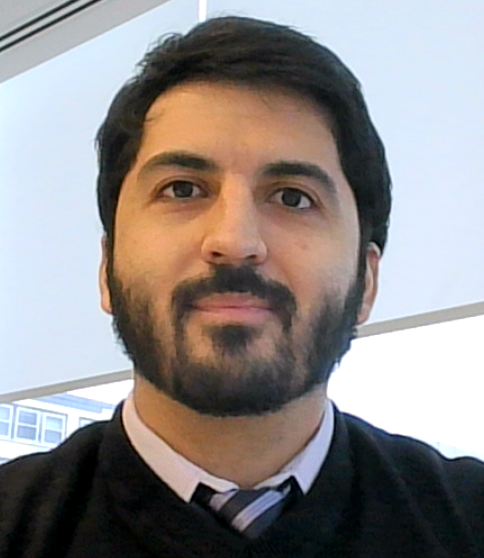
|
Carlos A. Rios OcampoAssistant Professor301-405-9847 | riosc@umd.edu Profile |
|
|
Gary RubloffDistinguished University Professor301-405-3011 | rubloff@umd.edu Profile |
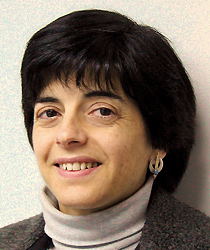
|
Lourdes G. Salamanca-RibaProfessor301-405-5220 | riba@umd.edu Profile |
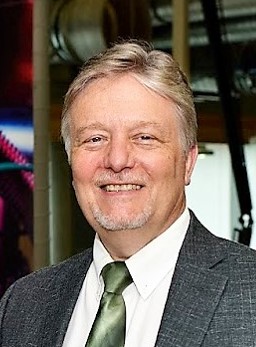
|
Eric WachsmanProfessor301-405-8193 | ewach@umd.edu Profile |

|
You ZhouAssistant Professor301-405-8134 | youzhou@umd.edu Profile |
Top